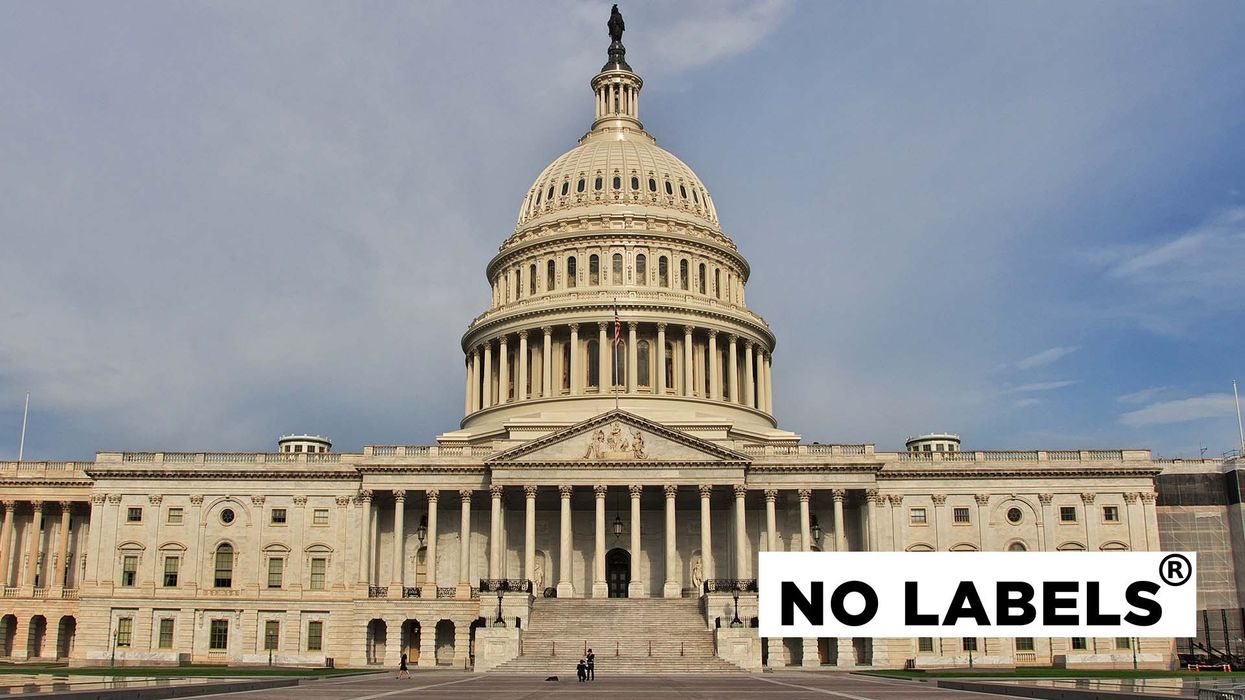
Congress is the ultimate authority on the debt ceiling. Congress created the limit and they’ve raised it more than 100 times regardless of which party controlled Capitol Hill or the White House. And they’ll have to do it again this year in order to avoid a catastrophic default.
The debt ceiling is set just like any other law – each chamber of Congress passes a bill, and the president signs (or vetoes) it.
Before the debt ceiling, Congress micromanaged every new act of borrowing, telling the Treasury exactly when and how to borrow money for each individual project. In 1917, to have more flexibility for World War I, Congress gave the Treasury more power to borrow up to a certain amount ($11.5 billion at the time).
The 1917 law only applied to certain types of bonds; but in 1939, Congress consolidated all federal debt under one limit ($45 billion), creating the modern debt ceiling. The ceiling jumped to $300 billion by 1945, and it’s been adjusted 102 times since then.
Usually, Congress simply raises the ceiling to a higher dollar amount. They’ve done so 95 times since the end of World War II, and most recently in December 2021 to the current $31.4 trillion limit.
Congress can also “suspend” the debt ceiling and let the Treasury borrow whatever it needs for a designated amount of time. Congress has suspended the debt ceiling seven times, first in 2013 for two months and most recently in 2019 for two years.
Each chamber has its own quirks when it comes to adjusting the debt ceiling.
The Senate can filibuster a debt ceiling bill like any other legislation, meaning it would take 60 votes to raise or suspend the limit.
There have been exceptions. The debt ceiling was included in a budget reconciliation package four times (all between 1986 and 1997), which is a unique process that can’t be filibustered. In 2021, Minority Leader Mitch McConnell (R-KY) agreed to a one-time exception that allowed Democrats to suspend the filibuster and raise the debt ceiling with a simple majority of 51 votes.
The House, meanwhile, followed the “Gephardt Rule” from 1979 to 2011 and then from 2019 to 2023. Under this rule – named for former Majority Leader Richard Gephardt (D-MO) – the House could automatically raise the debt ceiling whenever they passed a budget that spent over the limit. No additional vote was required.
Republicans did away with the rule at the beginning of 2023, so now the House will have to vote on a separate debt ceiling bill.
Congress can also permanently or indefinitely suspend the debt ceiling, an idea that Treasury Secretary Janet Yellen has supported. Doing so removes the possibility of defaulting on America’s debts and ensures the Treasury can pay for Congress’ bills.
Don’t expect any of these quirks to affect this year’s debt debate. Congress won’t abolish the debt ceiling anytime soon. Any deal to raise it will have to win the support of House Republicans, so sidestepping the filibuster won’t do Senate Democrats much good.
Instead, Republicans and Democrats will have to do what they’ve done 100+ times before: come together to raise the debt ceiling and avoid a default.

